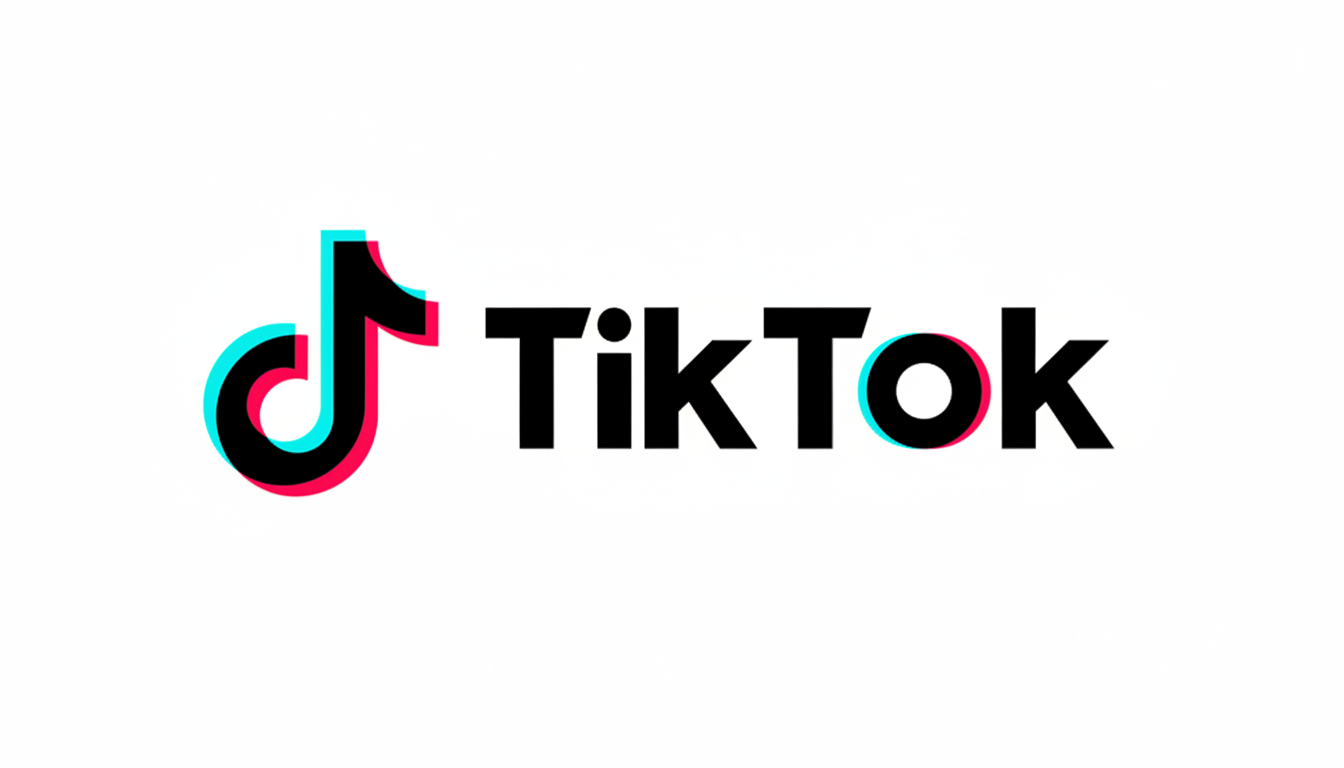Poot Lovato and a Mariah multiverse dominated Halloween on social media, which has gone from house-party snapshots to studio-grade programming, and this year’s breakout looks proved it. Demi Lovato reclaimed a decade-old meme as Poot Lovato, and KATSEYE delivered a slick Mariah Carey multiverse. In essence, celebrities treated Halloween as a content premiere, complete with scripts, set design, and viral-ready edits engineered to dominate the feed. The result was a platform-spanning coup.
TikTok’s Halloween tags routinely register tens of billions of views, but this pattern felt much more synchronized: nostalgia, meme archaeology, and fan-service lore served in scale-stopping micro-films. Here’s how the most-mentioned Halloween costumes on the internet pulled it off:
- Celebrities turned spooky season into studio-grade drops
- Modern influence flow: creators to celebrities
- Built for multiplatform storytelling and asset stacking
- Share drivers, narrative layers, and platform trends
- Business impact: spending, search, and resale spikes
- Halloween is a brand play built for the scroll

Celebrities turned spooky season into studio-grade drops
Pop precision met animation art in Lisa’s take on the Jíbaro siren from Love, Death & Robots. Full-body metallics, jangly ornamentation, and hyper-controlled movement took a stylized character and made it fashion—the kind of thing photography editors and cosplay forums will break down frame by frame.
Megan Thee Stallion remained in her otaku era for a precise Choso from Jujutsu Kaisen, accurate in blood-manipulation markings and character stance. Timing also mattered: major arcs trending in the anime community mean that shared fandoms can amplify; Meg’s build brought accuracy and star power.
Kim Kardashian signaled the timing of TikTok creator Jay Guapo, a bit that answered the “who influences whom?” dilemma for the first time.
Modern influence flow: creators to celebrities
Creators drive up, and most-followed celebrities adopt specific internet-native personality quirks as costume signals—meaning the platform was the new red carpet.
Comedy and commitment filled in the gaps: Benito Skinner and Mary Beth Barone’s Zootopia duo focused on prosthetics and character, while Bretman Rock and niece Cleo made Wicked into a making-of Broadway reenactment. Plus Janelle Monáe’s latex Cat in the Hat doubled up on kids’ book delight and cabaret; all looks came with performance, not just moving stills. They were built for multiplatform storytelling.
Built for multiplatform storytelling and asset stacking
Short-form clips for Reels and TikTok, editorial stills for Instagram, and behind-the-scenes scraps for Stories and Shorts all maximize surface area. Social strategists’ term for this is “asset stacking,” and the best costume drops came with pre-edited variants to fit every algorithmic window.

Share drivers, narrative layers, and platform trends
They tapped proven share drivers that trigger community identification, which academic research on participatory culture has shown to correlate strongly with repost and comment velocity:
- Meme reclamation
- Nostalgia cycles
- Fandom crossovers
And they layered a narrative. Cameos, inside jokes, and era-specific callbacks reward repeat viewing—the same mechanic that powers high-retention music videos and brand campaigns. The more references a viewer recognizes, the more likely they are to comment, tag friends, and extend the life of the post.
Business impact: spending, search, and resale spikes
The product sets the stage. TikTok’s Halloween-related hashtags pull tens of billions of cumulative views a year, according to the app’s public counters, while Instagram notes video spiking as a share of time on the platform. That attention incentivizes cinematic, tightly edited drops over one-off selfies. The business follows the eyeballs.
NRF recently reported record Halloween spending over $12B, with costumes among the leading categories. Adobe Digital Insights has omnivorously tracked online seasonal sales growth, and mashup marketplaces consistently rate cosplay alongside “couples” or “group” looks as fastest-moving.
Search and resale echo the spike. Google Trends commonly reveals immediate lifts around characters with viral costumes, while fashion trackers like the Lyst Index document how celebrity moments can elevate niche into global top searches within hours. In other words, a viral costume isn’t just content; it’s demand.
Halloween is a brand play built for the scroll
The most effective looks arrive as mini-campaigns—with creative direction, cohesive styling, and release timing designed to stack engagement peaks. More IP-deep cuts, more creator crossovers, more winks to stan lore that encourage duets, remixes, and fan edits.
The takeaway: Poot Lovato, the Mariah multiverse, and their viral peers didn’t “win” Halloween; they demonstrated a feed-first production model. Costume, performance, and community collide. The next wave won’t be bigger for size alone; it’ll be smarter about story, built to live where culture now gets made—in the scroll.

